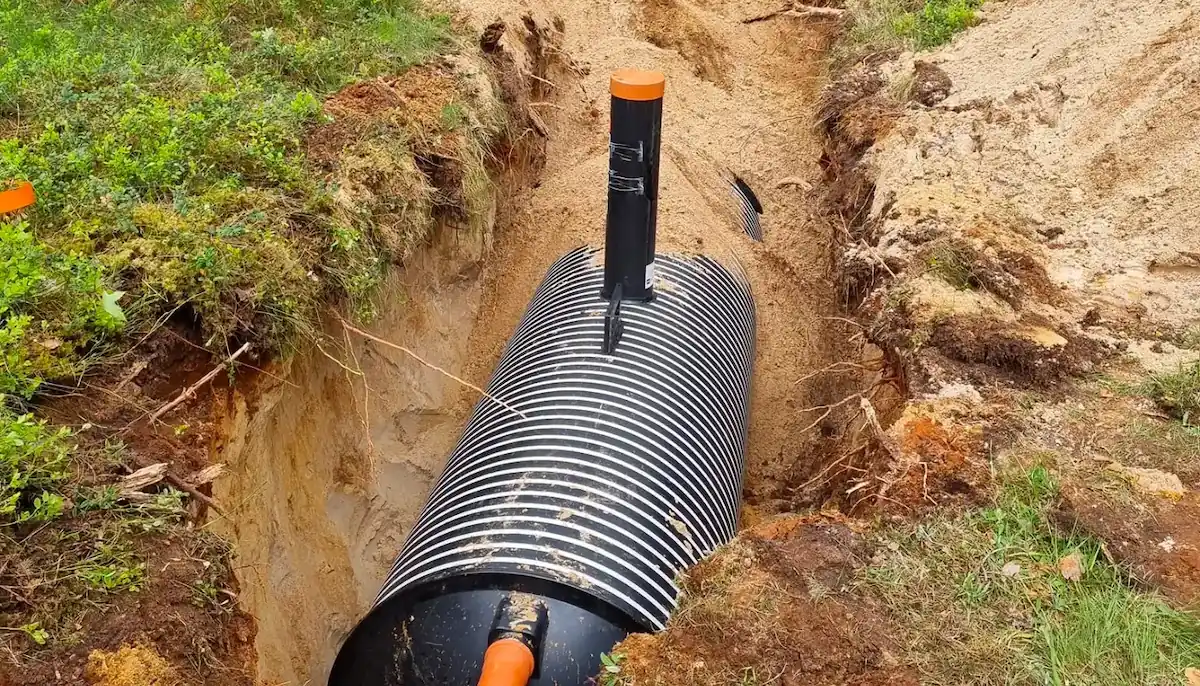Construction of a swimming pool
When to choose suction tunnels and when to choose suction pipes?
With many years of experience in the construction of suction fields, we have observed significant advantages of suction tunnels over suction pipes. Suction tunnels can be used for infiltration of rainwater, effluent from biological treatment plants and septic tanks, as well as greywater into the soil. Here are some of the main advantages of suction tunnels:
- One suction tunnel module (300l) replaces a 36m capacity suction pipe – thus much more compact and allowing savings on excavation and filtration materials.
- Ideal for confined spaces. Suction tunnels for the average household can be accommodated in a 12m2 area, while suction pipes take up at least 24m2.
- Suction tunnels have a longer lifetime than suction pipes. On average, they have a problem-free lifetime of between 10 and 15 years. After this time, the soakaway tends to become blocked and no longer allows sufficient liquid to pass through to the soil. The solution is either flushing, which can add a few more years of service life, or replacing the soaker pipe. A suction tunnel, on the other hand, is “bulkier” in design and the open bottom ensures trouble-free suction for decades without maintenance.
However, when to use impregnation tubes for impregnation?
- When the soil water table is high. As the installation depth of an impregnation tunnel is somewhat deeper than that of an impregnation tube, it is not always possible to install impregnation tubes to ensure the required 1.2m of dry surface (all year round) under the impregnation system. Suction tubes allow suction to take place in a higher layer of soil.
- If the soil is clay, suction tubes can often be used to extract above the clay layer and a larger area of land is required. Clay soils do not absorb water.
